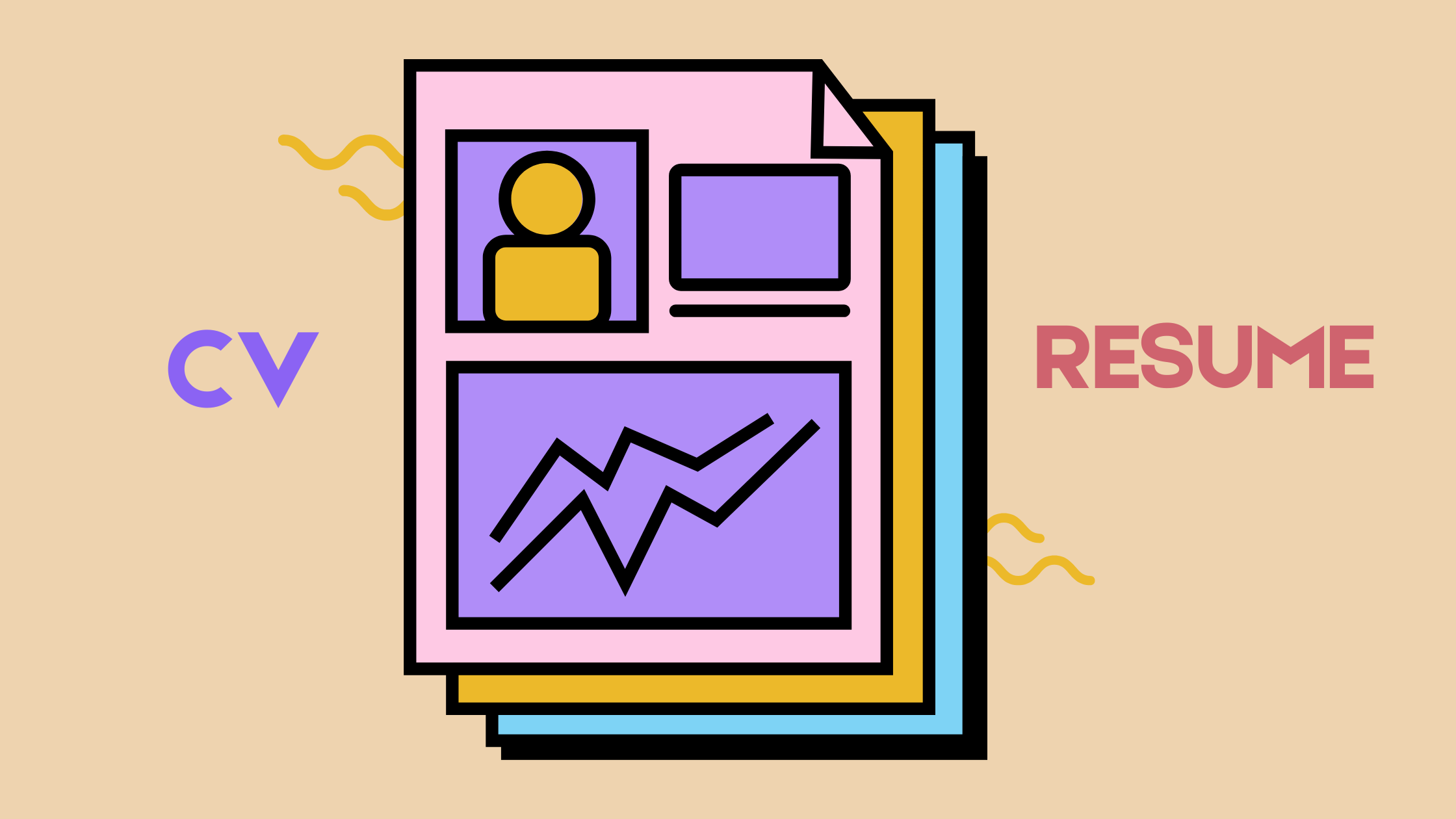How to Writing a Killer Transferable Skills Resume

Feeling like your work history doesn't match your career goals? This guide shows you how to write a powerful transferable skills resume that puts your abilities front and center, helping you land the job you want, not just the one you've had.
What Exactly Are Transferable Skills?
Think of transferable skills as your career superpowers. They are talents and abilities you've developed that are valuable across any industry or role. You didn't just learn them in one job; you’ve been honing them through all kinds of experiences—at work, in volunteer positions, and even in personal projects.
Common examples include:
- Communication: Presenting ideas clearly, writing compelling emails, active listening.
- Project Management: Organizing tasks, managing deadlines, coordinating with team members.
- Leadership: Mentoring junior colleagues, motivating a team, making decisive choices.
- Problem-Solving: Identifying issues, analyzing information, and implementing effective solutions.
- Customer Service: Building rapport, handling complaints with empathy, ensuring client satisfaction.
These are the skills every employer is looking for, and a transferable skills resume is designed to show them off.
The Blueprint: Building Your Transferable Skills Resume Step-by-Step
Ready to craft a resume that truly reflects your potential? Here’s how to do it.
Step 1: Become a Job Description Detective
Before you write a single word, find a few job descriptions for the role you want. This is your treasure map. Read them carefully and highlight the key skills and qualifications they mention repeatedly. Are they looking for a "strong communicator" or someone with "experience managing multiple projects"?
Make a list of these desired skills. This is your target.
Step 2: Mine Your Past for Experience Gold
Now, look back at your own work history. Forget about job titles for a moment and think about what you actually did.
- Did you train a new team member? That’s Mentorship and Leadership.
- Did you help organize the company’s annual event? That’s Project Coordination and Event Planning.
- Did you handle a tricky customer complaint successfully? That’s Conflict Resolution and Customer Service.
Brainstorm every achievement you can think of, no matter how small it seems. This is the raw material for your resume.
Step 3: Group and Theme Your Skills
Look at the two lists you've created: the skills the employer wants and the skills you have. Find the overlap!
Group your skills into 3-5 relevant themes. For example, your themes might be:
- Leadership & Team Collaboration
- Communication & Client Relations
- Technical Proficiency & Data Analysis
These themes will become the core sections of your new resume.
Step 4: Prove It With Accomplishment-Driven Bullets
Under each skill theme, you can't just list the skill—you have to prove it. Use bullet points to provide concrete examples of how you've used that skill.
A simple formula for this is the STAR method:
- S/T (Situation/Task): What was the context?
- A (Action): What did you do?
- R (Result): What was the positive outcome?
Instead of: Responsible for social media.
Try: Grew the company's Instagram following by 40% in six months by developing and executing a content calendar focused on user-generated content.
See the difference? The second one is a powerful accomplishment that proves your skill.
Putting It All Together: A Winning Structure
A transferable skills resume (sometimes called a functional resume) flips the traditional format on its head. The emphasis is up top.
Here’s a simple structure to follow:
- Contact Information: Name, Phone, Email, LinkedIn URL.
- Professional Summary: A 2-3 sentence "elevator pitch" that introduces you and highlights your key value proposition for the role you want.
- Summary of Skills / Key Abilities: This is the main event! List your skill themes (e.g., "Project Management") followed by your accomplishment-driven bullet points.
- Work History: Keep this section brief. Just list the company, your job title, and the dates you worked there. All the juicy details are already in your skills section.
- Education & Certifications: List your degrees, certifications, and any relevant training.
The Final Polish
Once you have all the content, the final step is making sure it looks clean, professional, and is easy to read. A cluttered resume can undo all your hard work.
You can use a clean, modern template to ensure your layout is top-notch. For those who want a polished final product without the design hassle, using a dedicated service like a resume builder can be a smart move to make sure your resume stands out visually.
By focusing on your transferable skills, you're not just writing a resume; you're telling a new, more powerful story about your career. You’re showing employers your potential, not just your past.
© 2025 Resumost.
We love that you're reading our work! Please note that this content is our own. If you'd like to share or re-post it, please reach out to us for permission first. Unauthorized scraping of this site is not permitted.


